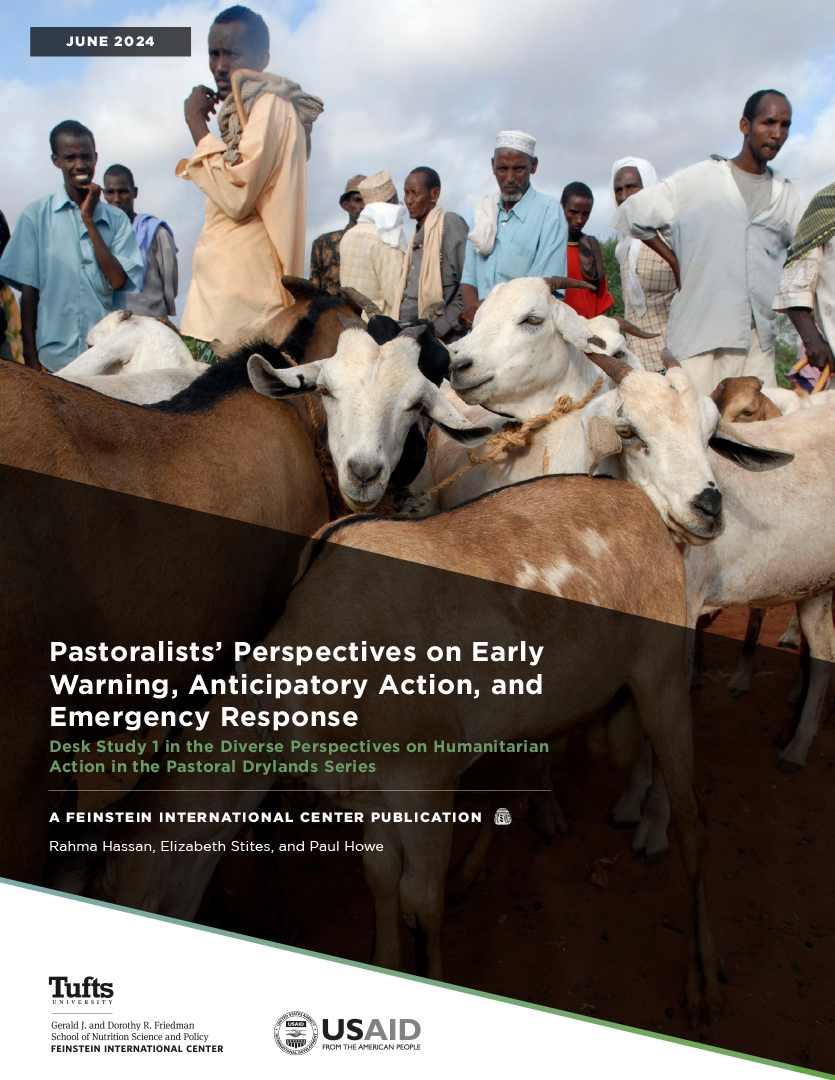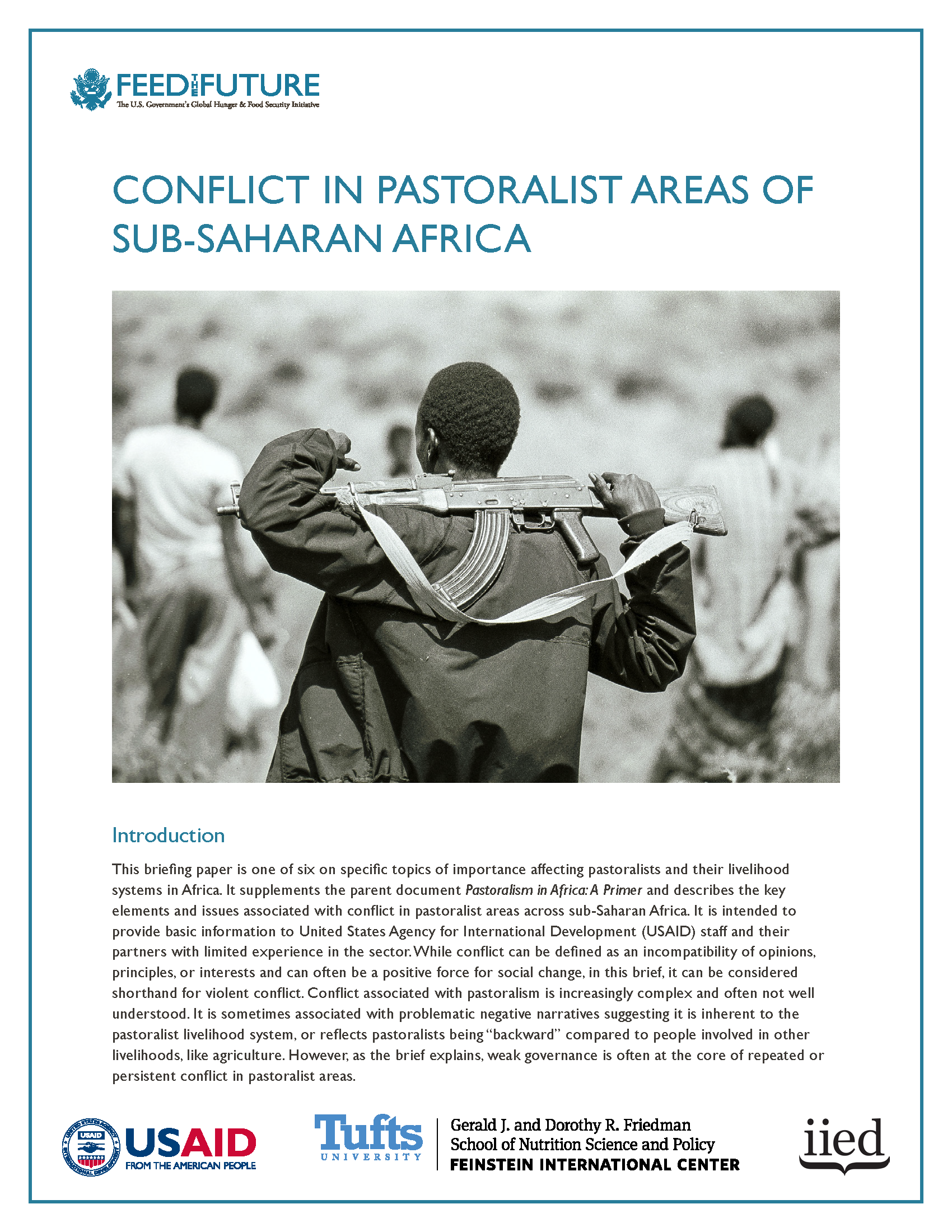This case study on Kenya, researched and written by Mark Bradbury and Michael Kleinman, is the first in a series of publications presenting the findings of a two-year FIC comparative study on the relationship between aid and security in northeastern Kenya and in five provinces of Afghanistan. The overall study has focused in particular on trying to determine the effectiveness of aid in promoting stabilization and security objectives, including by helping to “win hearts and minds” of local populations. (For more information and links to publications related to the study see the Aid and Security project page.)
Since the late 1990′s Kenya’s large and thinly populated northeastern region bordering Somalia has become a focus for US government efforts in Africa to counter terrorism, mitigate violent extremism and promote stability and governance. This paper examines the effectiveness of one aspect of those efforts, namely the aid projects implemented by US Civil Affairs teams deployed from the Combined Joint Task Force-Horn of Africa (CJTF-HOA) in Garissa and Wajir districts in North Eastern province, and Lamu district in Coast province. The paper argues that these activities were useful at a tactical level in terms of facilitating the US military’s entry into regions of potential concern, and in helping them to acquire local knowledge and connections. However, it also highlights some of the limitations at a strategic level of using foreign aid as a tool for countering terrorism or insurgencies and promoting stability and security. For example, the research found that these small-scale and scattered projects did little to win hearts and minds or change perceptions of the US in the communities where the projects were implemented. There was also little evidence that the projects had contributed to improved security by addressing some of the perceived underlying causes of terrorism and violent extremism in the region.
Funding for this Kenya case study was provided by the Royal Norwegian Ministry of Foreign Affairs and the Swedish International Development Cooperation Agency (SIDA).







